Language as Placeholder
My thesis investigates the nature of visible language in relation to a book, or printed matter. I argue that language (or printed matter) is a placeholder upon which meaning is cast or made visible, and that visibility is an effect of the interplay between imprint and reader.
![]()
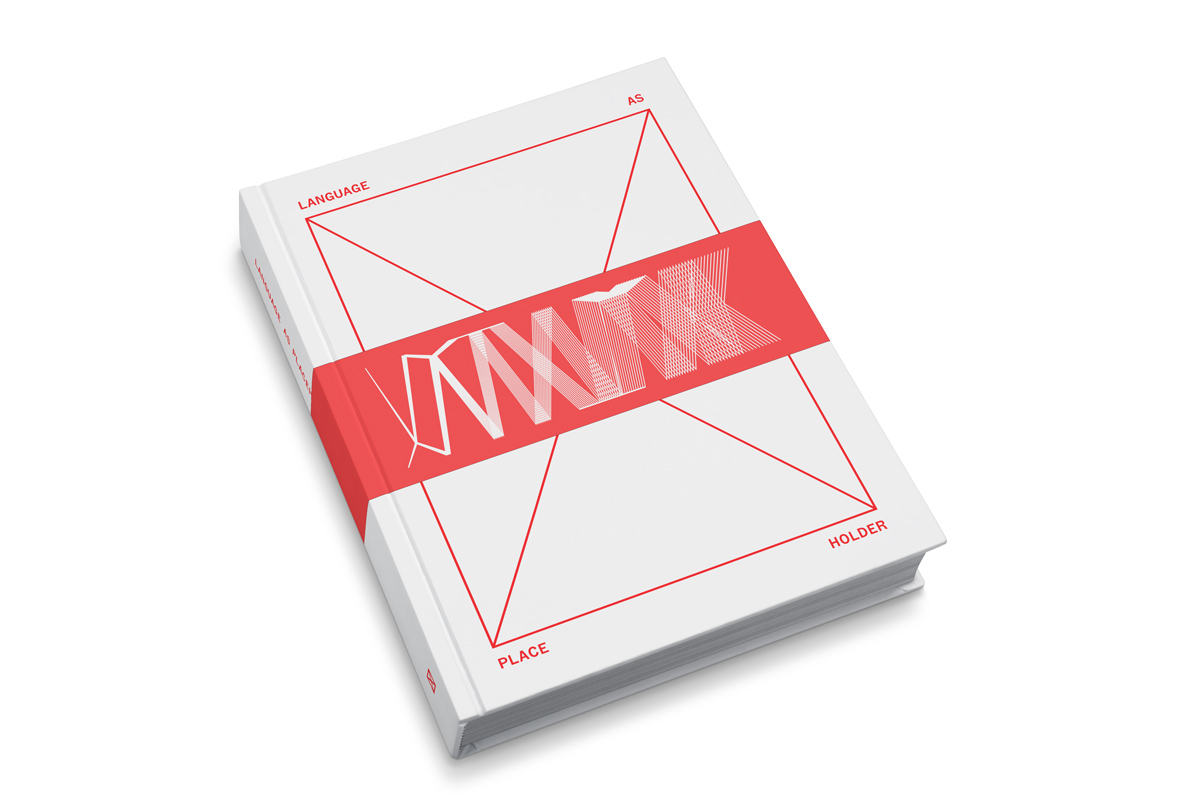
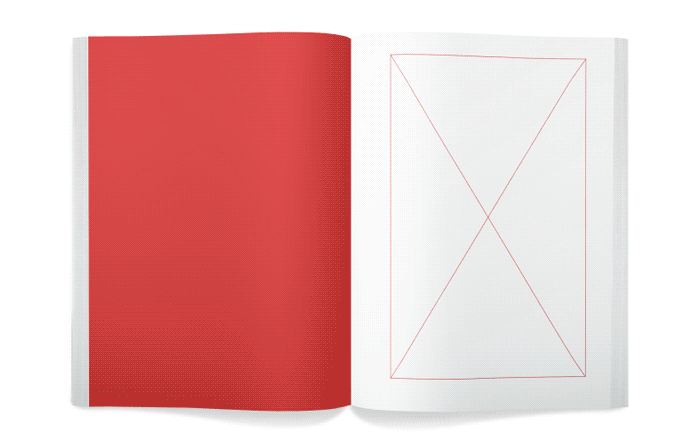
That the nature of ‘visible language’ (or meaning) seems irrevocably bound to its translatability, to its capacity to change shape, to its plasticity in time. In her book The Future of Hegel: Plasticity, Temporality and Dialectic, Catherine Malabou states:
“Hegel is a thinker of the future and with a future: Hegel’s philosophy announces that the future, from now on, depends on the way the shapes and figures already present can be put back into play, on the way the extraordinary and unexpected can only arise out of the prose of the well-known and familiar."![]()
“Hegel is a thinker of the future and with a future: Hegel’s philosophy announces that the future, from now on, depends on the way the shapes and figures already present can be put back into play, on the way the extraordinary and unexpected can only arise out of the prose of the well-known and familiar."
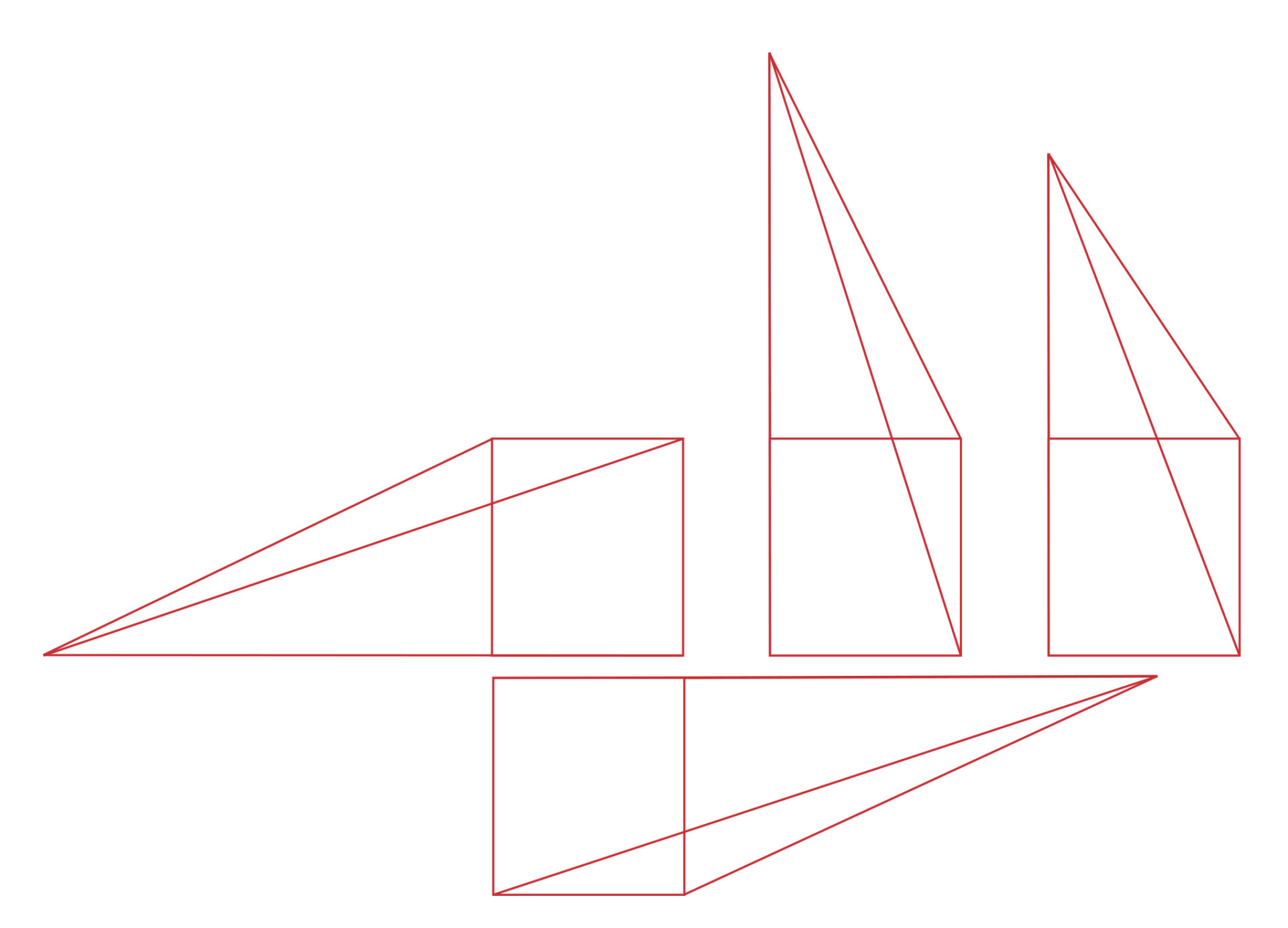
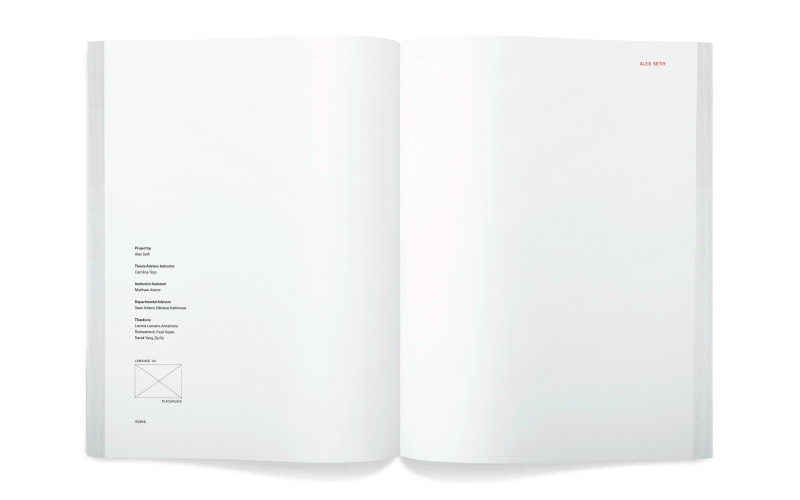
Taking from the well-known and familiar forms of everyday objects, this project imagines how ‘visible language’ can be represented as an archaeological artifact from the future. To build on Ulises Carrión’s essay, “What A Book Is,” I ask, could a book—or reading itself— be a series of slices?
![]()


The project uses slicing as a form of reading, as a series of shapes ‘made visible,’ or read by a machine, by a transmediatory device attempting to translate them into meaning.
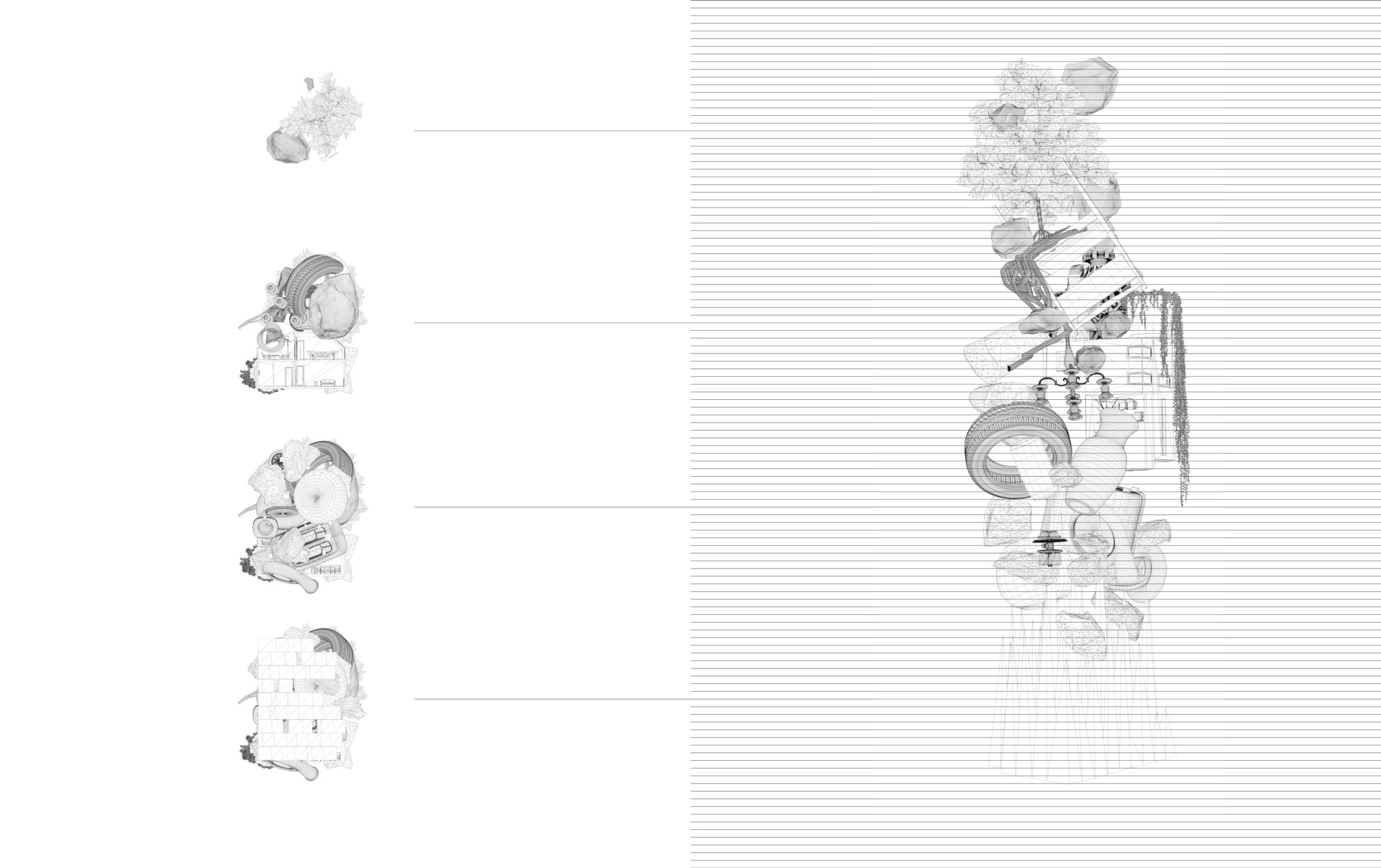
Below is a test made with simple forms, a sequence made by iterating the movement of one point.
The image is then passed through a translation alogorithm revealing a series of words interpreted by the machine.

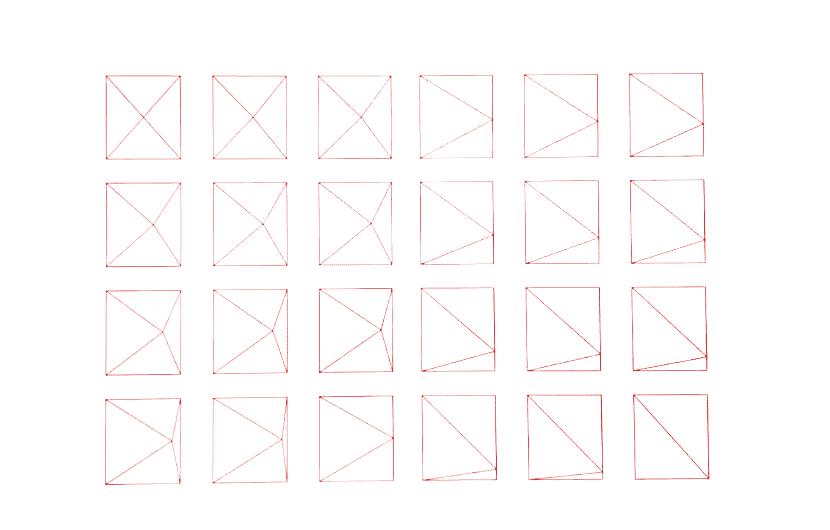
Passing through the artifact (seen below) cross sections reveal complex patterns of line work.
When the line work is read through a translation algorithm, random word poetry is created through out the image (seen below).
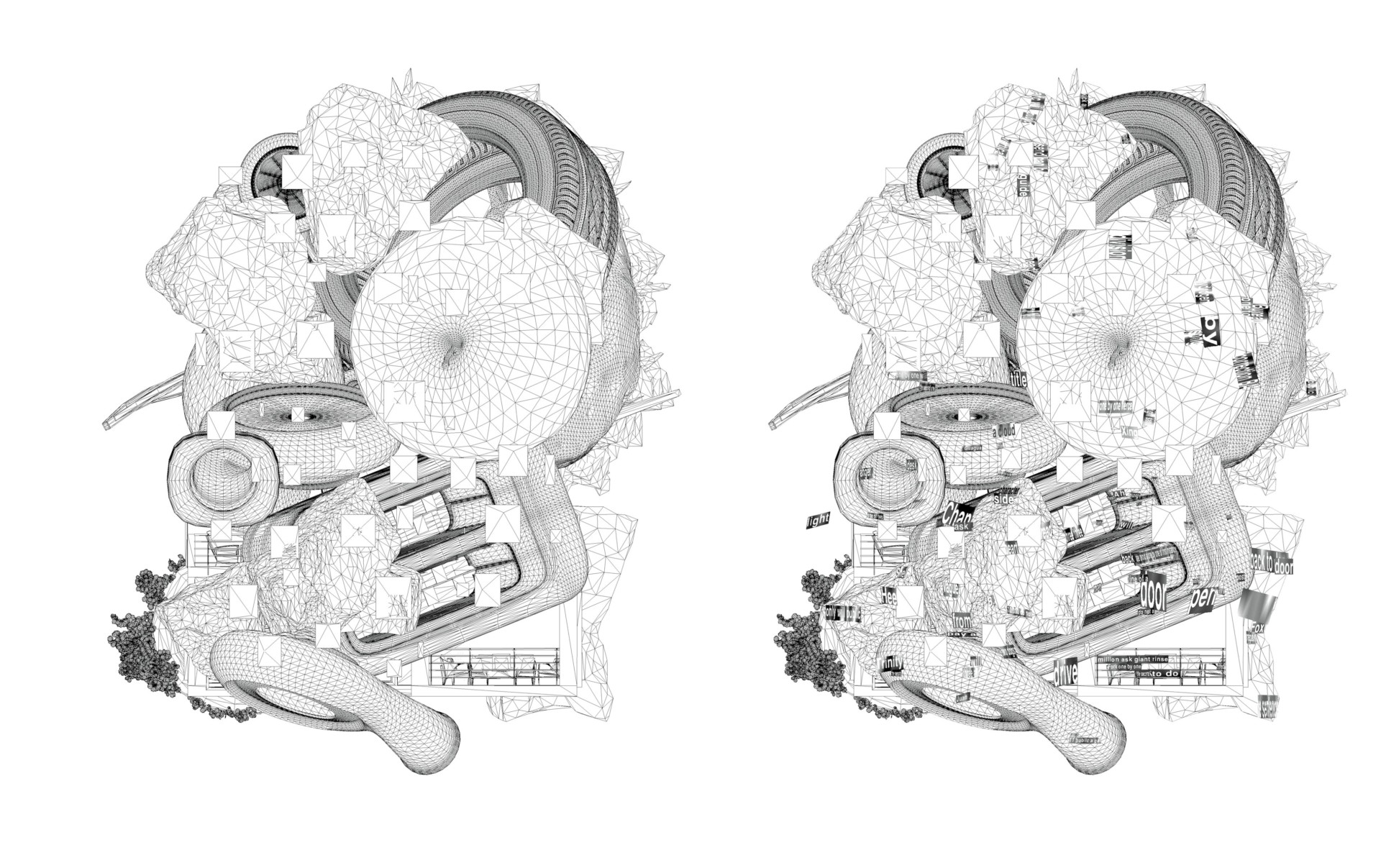
Special thanks: Getty Research Institute, Carolina Trigo, Matt Adams, Sean Adams and Nik Hafermaas
MFA 2018 ArtCenter College of Design